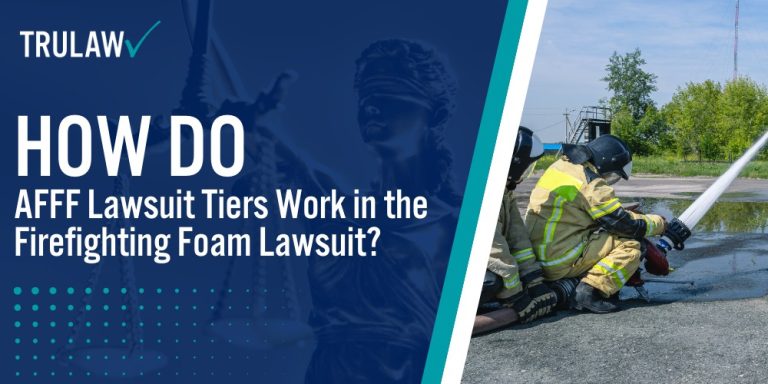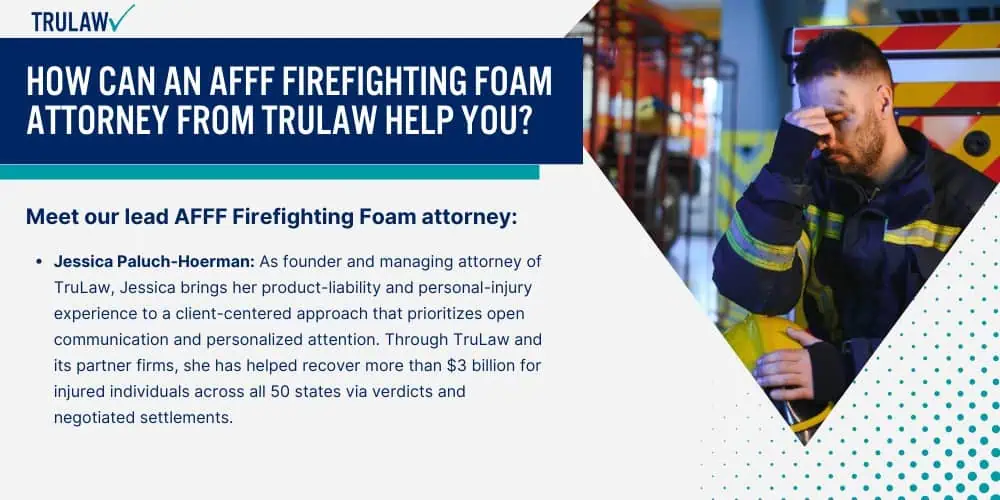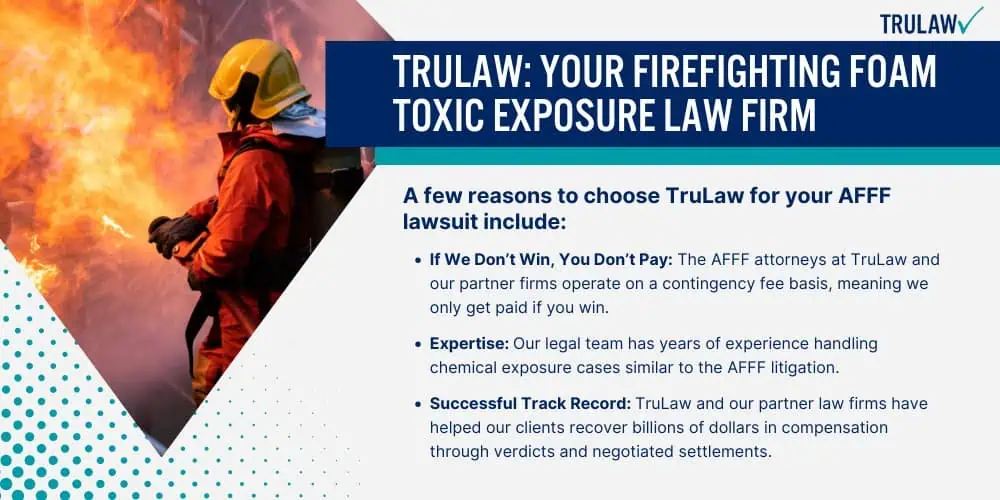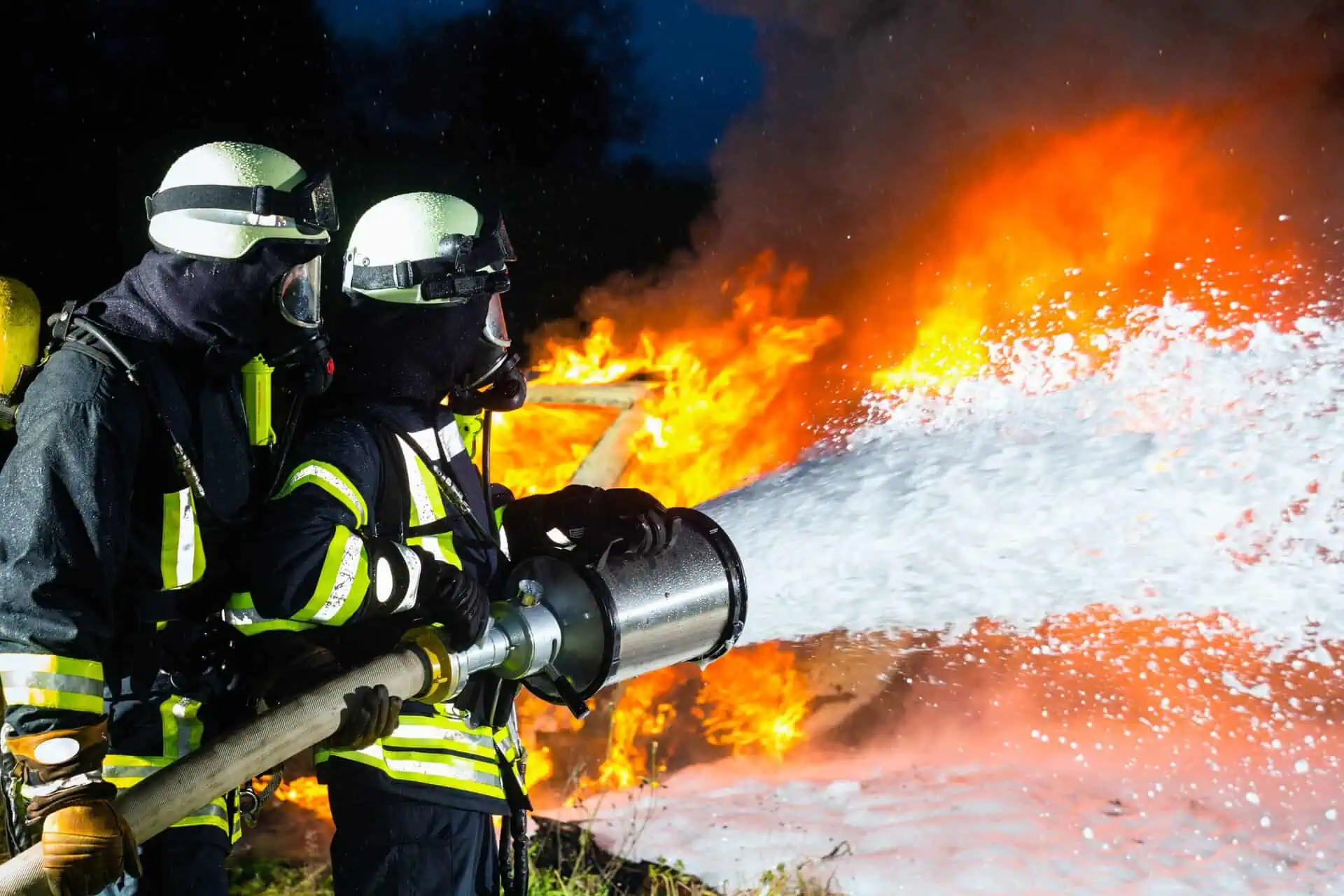Per- and polyfluoroalkyl substances (PFAS), commonly known as “forever chemicals,” are a large group of synthetic chemicals recognized for their persistence in the environment and resistance to degradation.
PFAS have been widely used in various applications due to their water-resistant and non-stick properties, making them a staple in products like non-stick cookware, water-repellent fabrics, and, notably, firefighting foams.
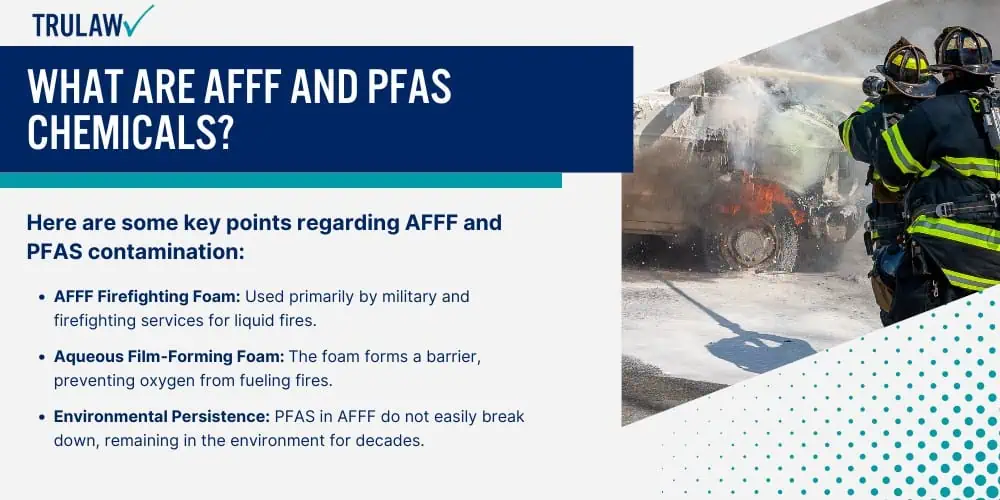
Aqueous film-forming foams (AFFF) are a specific type of firefighting foam that contains PFAS, designed to quickly suppress flammable liquid fires.
However, the use of AFFF, especially in military bases and airports, has led to significant environmental contamination, impacting water sources and food chains.
AFFF Foam and PFAS Contamination
AFFF, or aqueous film-forming foam, is a specialized firefighting foam that creates a barrier to extinguish fuel fires rapidly.
While effective in firefighting, AFFF contains PFAS compounds, leading to environmental contamination concerns as these chemicals persist and spread far from the initial application site.
Here are some key points regarding AFFF and PFAS contamination:
- AFFF Firefighting Foam: Used primarily by military and firefighting services for liquid fires.
- Aqueous Film-Forming Foam: The foam forms a barrier, preventing oxygen from fueling fires.
- Environmental Persistence: PFAS in AFFF do not easily break down, remaining in the environment for decades.
- Bioaccumulation: PFAS compounds accumulate in fish and other aquatic species, affecting human and ecological health.
- Health Risks: Linked to adverse health outcomes, PFAS pose risks to communities through water and food chain contamination.
Studies have found PFAS contamination in fish up to 8 kilometers from known AFFF sources, highlighting the chemicals’ extensive reach and lasting impact on ecosystems.
Legal Actions Taken Against AFFF Manufacturers
In recent years, AFFF manufacturers have faced numerous lawsuits as awareness of PFAS-related health risks has grown.
Legal actions aim to hold these manufacturers accountable for environmental and health damages associated with PFAS contamination.
These lawsuits seek compensation and address claims that manufacturers were aware of the risks posed by PFAS but failed to take adequate safety measures.
Below are some primary aspects of the litigation against AFFF manufacturers:
- AFFF Firefighting Foam Lawsuits: Claims brought by individuals and municipalities over contamination.
- Firefighting Foam Lawsuits: Address contamination of water sources affecting residential areas.
- AFFF Litigation: Focuses on alleged negligence by manufacturers regarding PFAS risks.
- Health-Related Claims: Lawsuits include claims for health issues, such as cancer and immune system disorders.
- Environmental Impact: Many cases highlight the widespread environmental damage and the costs of cleanup efforts.
- Accountability and Compensation: Plaintiffs seek to cover the costs of medical treatment, monitoring, and cleanup.
These legal actions underscore the responsibility of AFFF manufacturers to address PFAS-related contamination issues and compensate affected communities.
The outcome of these lawsuits may influence regulations and the production practices surrounding PFAS and firefighting foams in the future.
